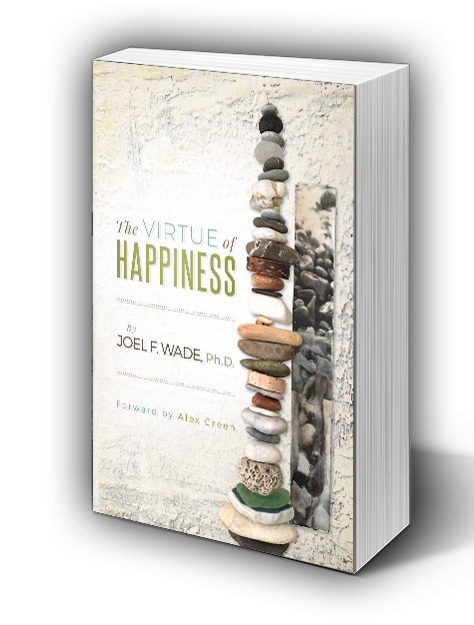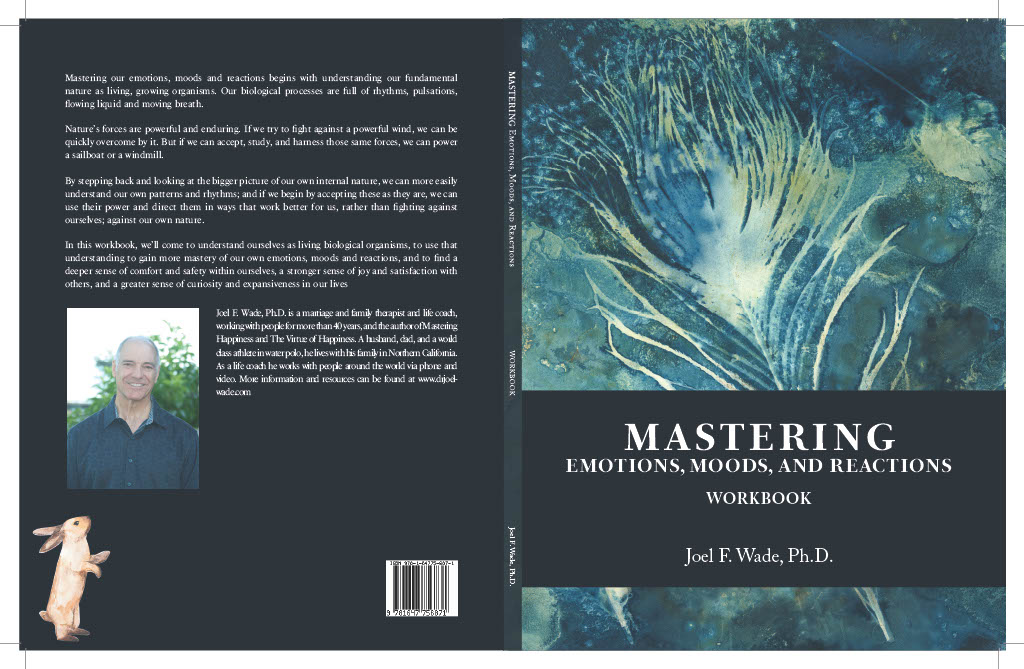
(This is from the introduction to my book, “The Virtue of Happiness”)
Happiness is not a smiley face, and a happy life is not a perfect Facebook profile of blissful moments and beaming selfies building on a continual upward trajectory.
We are biological, not mechanical; our minds are not computers – though some functions of our brains are similar. Our lives are full of rhythms, cycles of expansion and contraction, ebb and flow. Just as a tree will withdraw into itself beginning in the Fall and during the winter, dropping its leaves and growing its roots, then expands out with new buds, blossoms, and fruit in the Spring and summer, our bodies pulse with heartbeats, breaths, and cycles of sleep and wakefulness. We don’t remain in a continual state; and we cannot expect continual, uninterrupted happiness or success.
Our consciousness is organized around stories; including our own personal stories of tragedy and triumph, comedy and creativity, love and loss. We have some say in the nature of the stories with which we identify – to what degree we see ourselves as authors of our stories; to what degree the characters can learn and grow; what possibilities there may be for interesting plot twists – and this is one of the ways we can steer ourselves toward a better life, a better sense of ourselves: We can think of our lives within the context of a better story.
We are constrained by the probabilities of life – our personal genetics, our inborn temperament, the nature of our birth and upbringing, the burden of our weaknesses and the blessings of our strengths. We are liberated by our imaginations, our courage, our consciousness, and our ambition, to defy our personal probabilities – to overcome hardship, to recover from setbacks, to master our diagnoses, to move from addiction to sobriety, to channel the best within us to create something better than we might have expected.
Life itself is a defiance of the principle of entropy – the tendency for matter to devolve into chaos and disorder. Life takes nutrients and the energy of inspiration and creates its own order, its own structure, and its own direction. As human beings, our consciousness allows us to take this process a step further, expanding it into a different dimension: To decide consciously to move in a particular direction; to create, to engage, to love.
So a human life that is happy is not a trivial matter of being lucky, of getting what we want; of pleasant pastimes or the absence of responsibilities or pain. A human life that is happy is an accomplishment; a triumphant, sometimes even a heroic creation. Some of the most deeply and genuinely happy people I’ve known have overcome tremendous physical or psychological hardships to get there. As with any big, long term project, it takes work; it’s complicated and time consuming – more like a great symphony of harmony and counterpoint than a simple catchy jingle. To create a life that is truly happy over time takes discipline, passion, and courage.
A happy moment can be a matter of luck; a happy life requires virtue.


Recent Comments